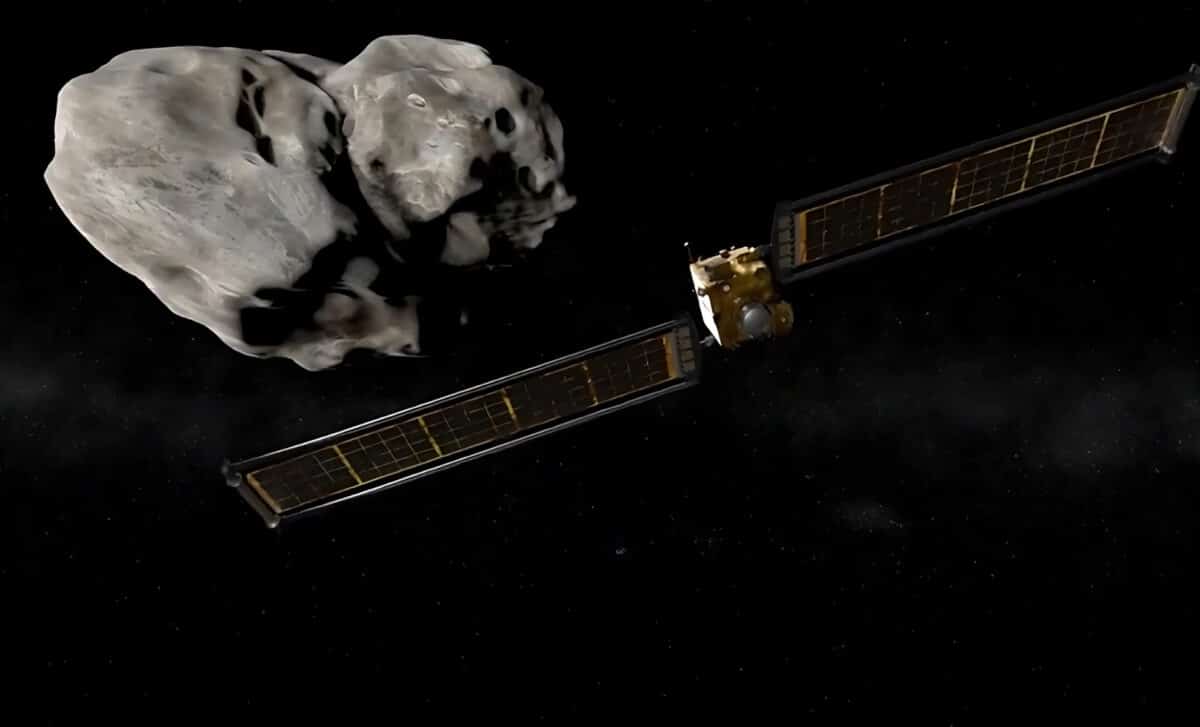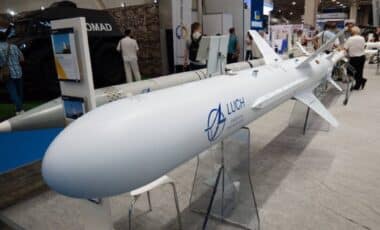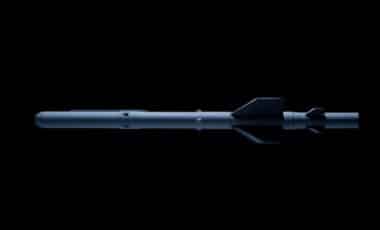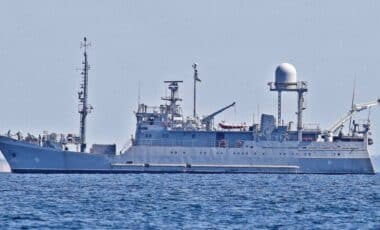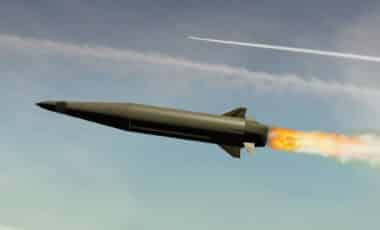On September 26, 2022, NASA’s DART mission successfully impacted the asteroid Dimorphos, marking a significant step forward in planetary defense. The collision, which aimed to test our ability to change an asteroid’s trajectory, not only achieved its objective but also produced surprising results. These unexpected findings have raised important questions about our current models and the dynamics of asteroid impacts.
The DART mission, or Double Asteroid Redirection Test, targeted Dimorphos, a moonlet of the larger Didymos asteroid. The primary goal was to determine whether it is possible to alter the path of an asteroid that could potentially threaten Earth. While the mission succeeded in shifting Dimorphos’ orbit, the scale and nature of the changes were far more significant than anticipated, leading scientists to reconsider their predictions and assumptions.
Lost to the Depths: The WWII Destroyer Found After Decades Under 800 Meters of Ocean
Unexpected Orbital Change
After the impact, Dimorphos’ orbital period decreased by 33 minutes, from about 12 hours to 11.5 hours. This reduction was much greater than expected based on previous simulations. This surprising alteration suggests that current models may not fully account for the dynamics involved when a spacecraft strikes an object of this size. As NASA researchers have pointed out, this change underlines the need for more refined models in planetary defense planning.
The physical structure of Dimorphos also underwent significant change. Its previously spherical shape became deformed, with visible depressions appearing on its surface. The impact released a substantial cloud of debris, with some fragments traveling at speeds greater than 50 meters per second. The scientists recorded 104 rocks, ranging from 20 cm to 3.6 meters in size, scattered in the aftermath, reports Armées.
Debris Distribution Puzzles Scientists
The way the debris spread after the impact added further complexity to the findings. The debris formed two distinct groups: one moving quickly toward the south, while the other traveled more slowly toward the northeast.
The amount of momentum in the debris was three times greater than what had been projected, which puzzled scientists. The reasons behind this distribution remain unclear, and the unexpected movement challenges the assumptions made in the models used to predict such events.
The spread of the debris also had an impact on the motion of the entire Didymos-Dimorphos system. Some of the debris fragments followed paths perpendicular to the primary axis of the collision, further altering Dimorphos’ trajectory. This new behavior has led to questions about how such impacts can influence the larger system in ways that were not previously understood.
Challenges for Future Models and Missions
The results of the DART mission have highlighted the limitations of current models that predict the effects of asteroid collisions. As Tony Farnham, a researcher at the University of Maryland, stated, “an unknown process is at play here,” emphasizing that the unexpected outcomes are due to factors that models are not yet able to explain. This discovery underscores the importance of continued monitoring and research to better understand the complexities of planetary defense.
To build upon these findings, the European Space Agency’s Hera mission, set to reach Dimorphos in late 2026, will investigate the long-term effects of the DART impact. Hera will help refine our understanding of the event’s consequences and will play a critical role in future planetary defense strategies.

